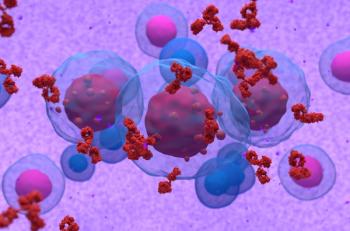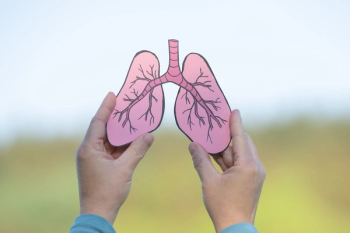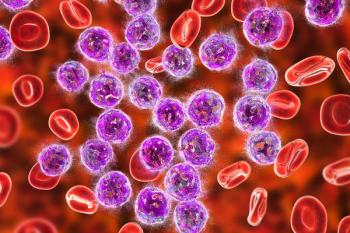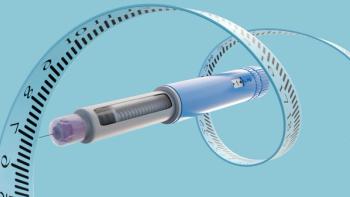
Southern HIV Patients Have Lower Survival Rates
HIV-positive patients who live in the Deep South have lower survival rates compared with their counterparts residing across the rest of the nation.
HIV-positive patients who live in the Deep South have lower survival rates compared with their counterparts residing across the rest of the nation, according to Duke University researchers.
The study authors used the US Centers for Disease Control and Prevention’s HIV surveillance data to determine the 5-year survival rates of patients with HIV or AIDS in Alabama, Florida, Georgia, Louisiana, Mississippi, North Carolina, South Carolina, Tennessee, and Texas, as well as the number of deaths among those living with HIV in the Deep South in 2010.
Compared with the overall US population’s rate of 18 HIV diagnoses per 100,000 individuals in 2011, the 9 Southern states recorded a higher rate of 24.5 HIV diagnoses per 100,000 individuals. In terms of survival, the Deep South population also had lower HIV and AIDS survival rates: 0.85 and 0.73, respectively, in the South versus 0.86 and 0.77, respectively, in the US overall.
The Southern states also had the highest death rates among HIV and AIDS patients compared with any other US region, noted the researchers, whose work was published in the Journal of Community Health. However, regional differences in demographics and disease transmission risk did not explain the area's increased mortality rates.
The study authors did find similarities among the targeted states. In general, the states’ populations saw overall poor health, high poverty rates, and negative health outcomes for patients with HIV. The Southern states also had higher levels of STDs and greater numbers of individuals without health insurance compared with other US regions. They also had high levels of stigma related to HIV. All of these factors can contribute to poorer health outcomes for HIV patients, the study authors posited.
Some of the researchers’ other findings from the 17,732 individuals diagnosed with HIV in 2011 in the Southern states were:
· African-Americans accounted for 57% of the diagnoses, and this demographic also saw lower survival rates than whites in the targeted states.
· Women, who comprised 23% of the total, had lower 5-year AIDS survival rates compared with men.
· For both genders, the 5-year survival rate decreased with age.
· The majority (72%) of the patients diagnosed with HIV lived in urban areas, while 17% lived in the suburbs, and 11% resided in rural areas.
· Compared with the rest of the United States, the targeted Southern states had more diagnoses attributed to heterosexual contact and a lower percentage attributed to injection drug use.
· Texas had the highest rate of survival at the 5-year mark, while Louisiana had the lowest 5-year survival rate.
“Identifying effective ways to structure prevention and care services so that they address common barriers to care such as accessibility and pervasive stigma will be critical to improving HIV outcomes in rural and suburban areas of the targeted states,” the study authors concluded.
Newsletter
Stay informed on drug updates, treatment guidelines, and pharmacy practice trends—subscribe to Pharmacy Times for weekly clinical insights.
















































































































































































































